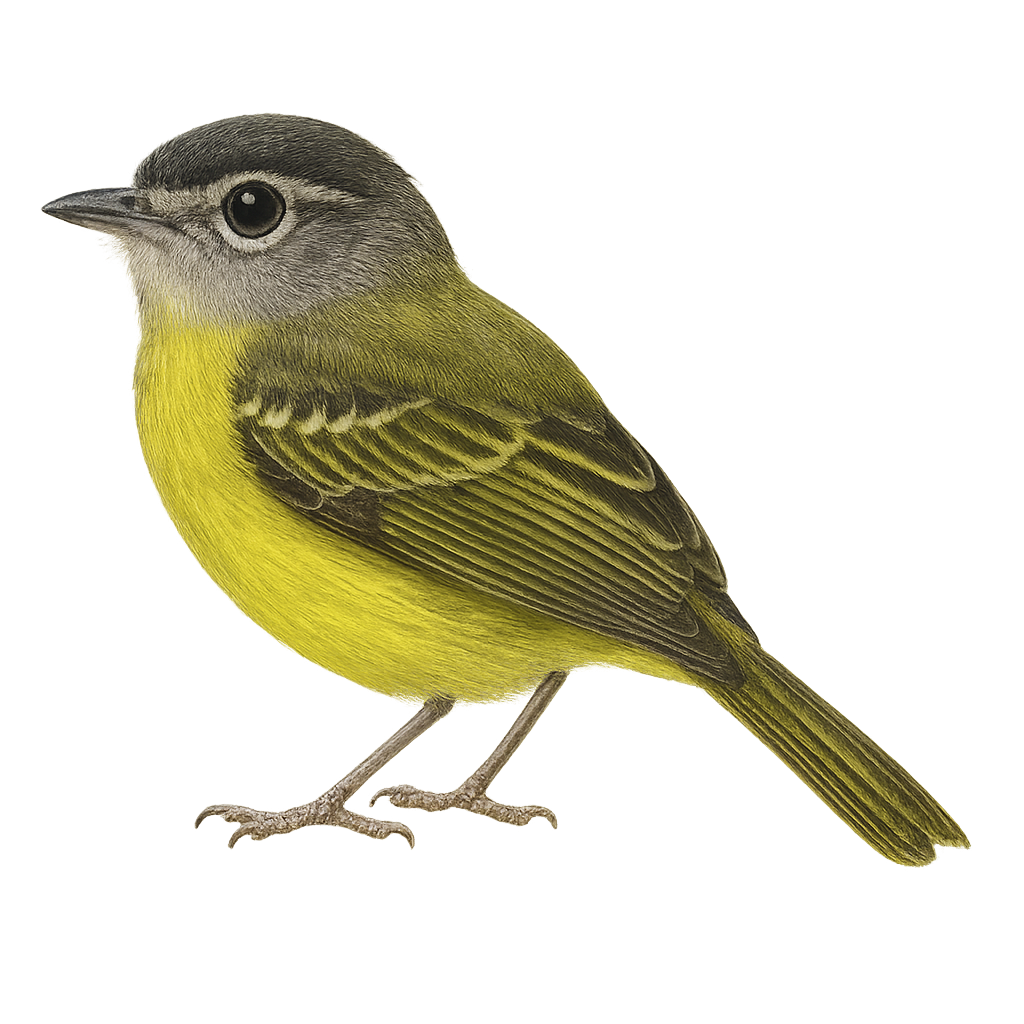Your wildlife photography guide.
Explore the olivaceous flatbill in detail, study its behavior, prepare your shots.
Where to observe and photograph the olivaceous flatbill in the wild
Learn where and when to spot the olivaceous flatbill in the wild, how to identify the species based on distinctive features, and what natural environments it inhabits. The WildlifePhotographer app offers tailored photography tips that reflect the olivaceous flatbill’s behavior, helping you capture better wildlife images. Explore the full species profile for key information including description, habitat, active periods, and approach techniques.
Olivaceous Flatbill
Scientific name: Pogonotriccus ophthalmicus

IUCN Status: Least Concern
Family: TYRANNIDAE
Group: Birds
Sensitivity to human approach: Suspicious
Minimum approach distance: 10 m
Courtship display: February to March
Incubation: 15-17 jours
Hatchings: February to April
Habitat:
Humid forests, forest edges, mountainous regions
Activity period :
Primarily active during the day, with peak activity in the morning and late afternoon.
Identification and description:
The Olivaceous Flatbill, or Pogonotriccus ophthalmicus, is a small passerine bird belonging to the Tyrannidae family. This bird is characterized by its olive-green plumage and distinctive white facial markings. It primarily inhabits humid forests and forest edges in mountainous regions of South America, particularly in Colombia, Venezuela, and Ecuador. Its song is a soft, melodious trill, often heard before the bird is seen. The Olivaceous Flatbill is an active insectivore, capturing prey in flight or by foraging through dense foliage. Although relatively discreet, it can be observed in small groups or pairs during the breeding season.
Recommended lens:
400 mm – adjust based on distance, desired framing (portrait or habitat), and approach conditions.
Photography tips:
To photograph the Olivaceous Flatbill, it is advisable to use a 400mm or longer telephoto lens to capture detailed images without disturbing the bird. Look for it in humid forests and forest edges, especially in mountainous regions. Be patient and discreet, as this bird is suspicious. Listen for its melodious trill to locate its position. The best times to observe it are early in the morning or late in the afternoon when activity is at its peak.
The WildlifePhotographer App is coming soon!
Be the first to explore the best nature spots, track rutting seasons, log your observations, and observe more wildlife.
Already 1 439 wildlife lovers subscribed worldwide

